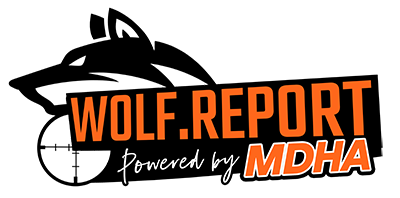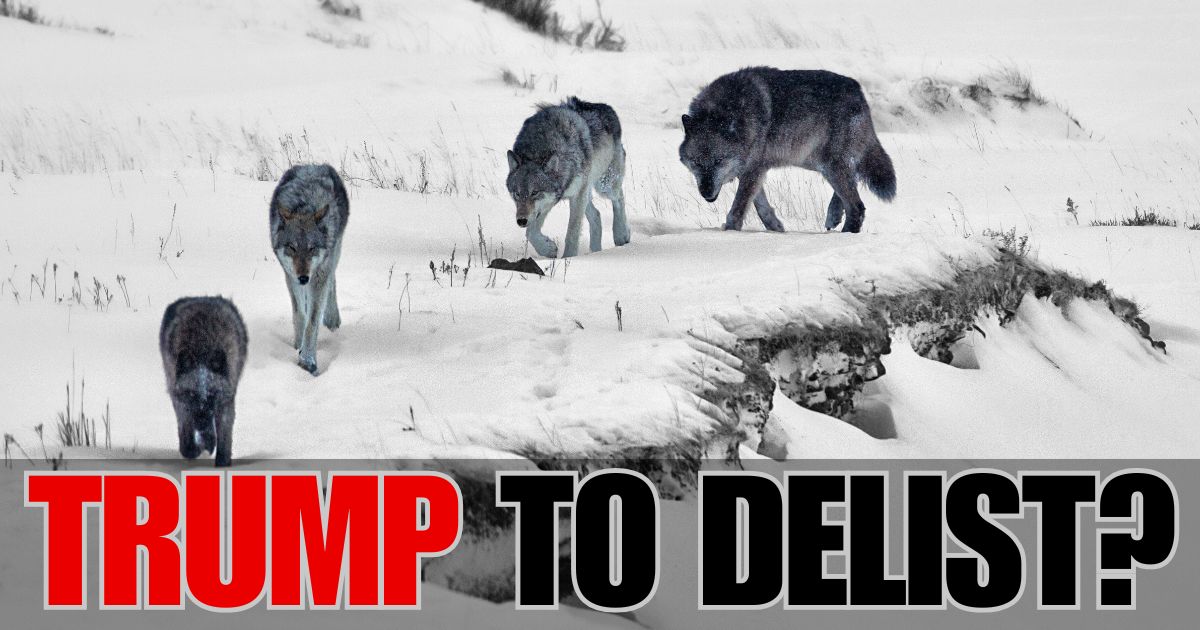

With the incoming Trump administration signaling its intent to reassess federal wildlife protections, one question looms large for hunters and conservationists alike: Will the gray wolf be removed from the endangered species list? For years, the management and population of the gray wolf have been hot topics, particularly in states like Minnesota. The gray wolf's status as a protected species has tied the hands of state agencies, leaving hunters and local landowners caught in a web of federal regulations and contested lawsuits. Now, a new era may be on the horizon.
What are the potential implications of federal gray wolf delisting under the Trump administration? What does this mean for states looking to regain control over wolf management? Could this issue be resolved swiftly, or will it remain a legal tug-of-war for years?
Hunters, conservation groups, and state agencies are preparing for this transition.
The gray wolf, once nearly driven to extinction in the Lower 48, has made a remarkable comeback thanks to the Endangered Species Act (ESA) protections. Over the past several decades, their population has steadily grown in certain states, particularly Minnesota, Wisconsin, and Michigan.
But as their numbers have rebounded, so too has tension between rural communities, hunters, and conservationists. Livestock losses, impacts on other deer populations, and diminished hunting opportunities are real concerns for those who live near robust wolf populations. These frustrations have escalated into calls for state-led wolf management plans to replace federal oversight.
Repeated attempts have been made to remove the gray wolf from the endangered species list, but lawsuits by environmental groups have often reversed these efforts. The result? A frustrating cycle of legal battles and federal bureaucracy that leaves state authorities without the ability to fully implement targeted wolf management strategies.
The incoming Trump administration has not been shy in its criticism of what it sees as overreach in federal wildlife protections. Many believe that the administration, in support of both agricultural and hunting communities, is likely to prioritize the delisting of the gray wolf.
Federal action would represent a major shift in wolf management policy. If the administration moves forward with removing wolves from the ESA list, the door would open for states, like Minnesota, to take back control.
The Minnesota Department of Natural Resources (DNR) has already developed a Wolf Management Plan, which has been in limbo due to the gray wolf’s federally protected status. Key aspects of this plan include:
Wolf Report and groups like MDHA have openly supported federal efforts to remove gray wolves from the endangered species list. They argue that it’s time to trust state agencies, backed by years of research and expertise, to handle wolf management in a way that balances ecological sustainability with human interests.
For hunters, this debate goes beyond abstract policies—it directly affects your experience in the field. Wolves are apex predators, capable of significantly impacting deer populations and behavior in areas where they thrive. This can make the already challenging sport of hunting even more difficult.
State-controlled wolf management could open the door to increased opportunities for hunters to participate in balancing predator populations. Though any potential hunting season would need to adhere to science-backed quotas, it’s undeniable that hunter participation could play a crucial role in comprehensive wolf population management plans.
Additionally, state management introduces flexibility. Minnesota DNR, for instance, could adapt policies based on specific needs within localized regions, whether that’s addressing livestock predation or reducing pressure on prey species such as white-tailed deer.
As promising as federal action on wolf delisting might seem, history has taught us that the process is rarely straightforward. Federal attempts to relax ESA protections for wolves have often faced fierce legal challenges from environmental groups.
Even if wolves are officially removed from the list, lawsuits could quickly bring these changes to a halt. Such legal battles not only drain resources but also leave states unable to act on their management plans, perpetuating the current state of limbo.
For Minnesota hunters, this raises an important question: How long will the courts delay meaningful action?
Both hunters and wildlife conservationists have a shared long-term goal—to maintain balanced, healthy ecosystems. That’s why organizations like the Minnesota Deer Hunters Association (MDHA) are working alongside other stakeholders to advocate for practical, locally-driven wolf management policies.
The reality is, conservation isn’t solely about preserving one species at all costs. It’s about ensuring that humans, wildlife, and ecosystems coexist sustainably. Restoring state authority over wolf management would be a crucial step toward achieving that balance.
The answer to whether the Trump administration will successfully push through wolf delisting remains uncertain. What is clear, however, is that this issue won’t fade quietly into the night. For now, the voices of hunters, landowners, and conservation advocates alike are vital in shaping how wolf management evolves.
If you’re passionate about these issues, consider ways to get involved, such as supporting organizations like MDHA or educating your community about the benefits of state-led wildlife policies.
By staying informed and advocating for science-driven solutions, hunters can play an active role in creating a future where gray wolves and human communities thrive side by side.
